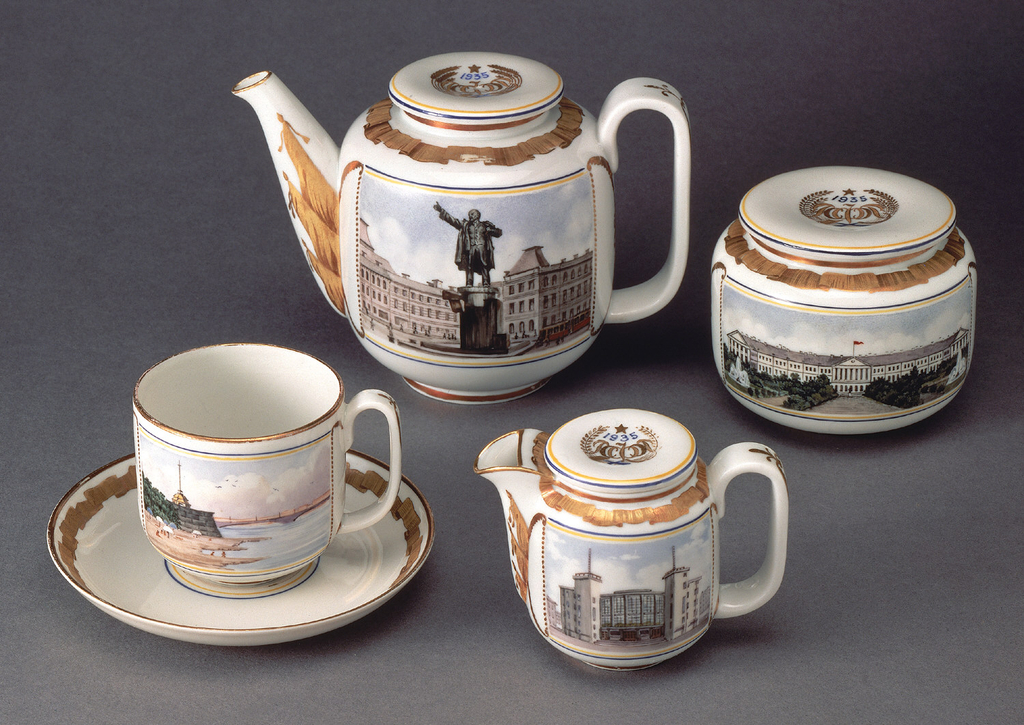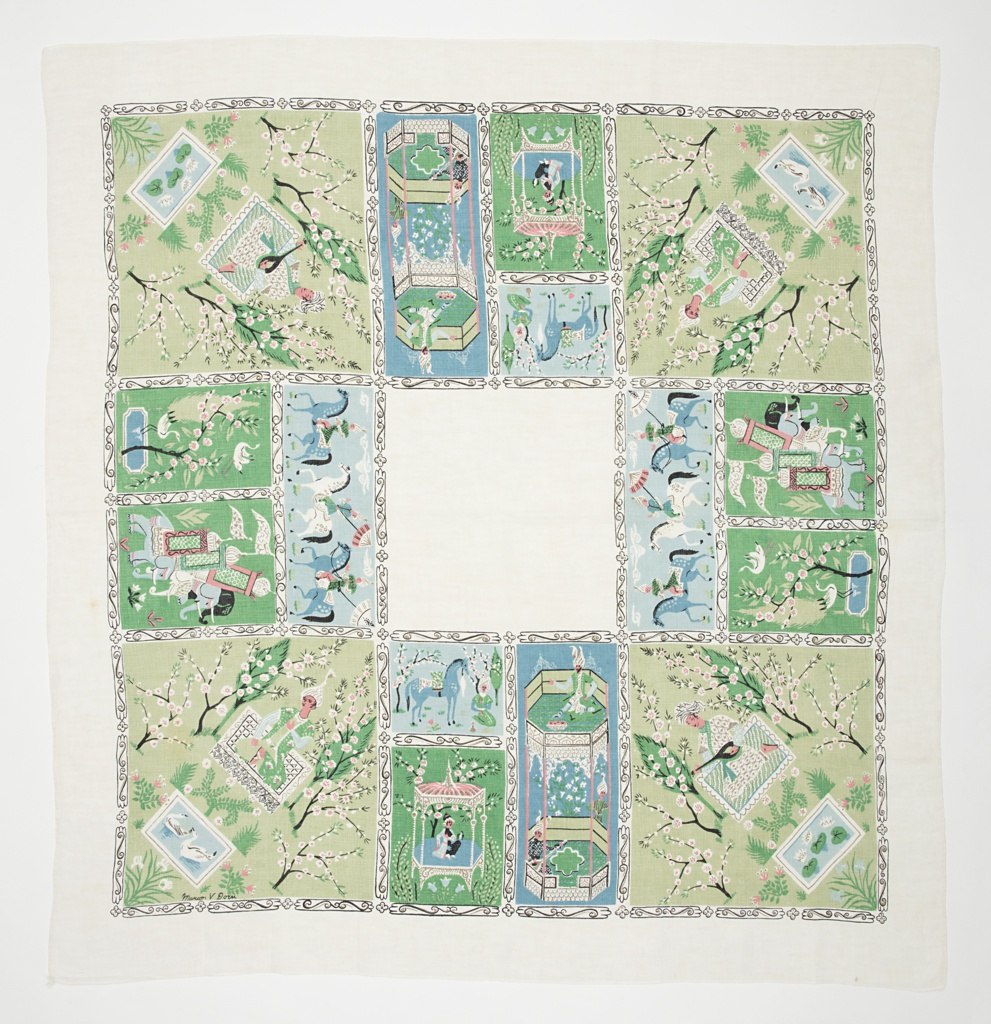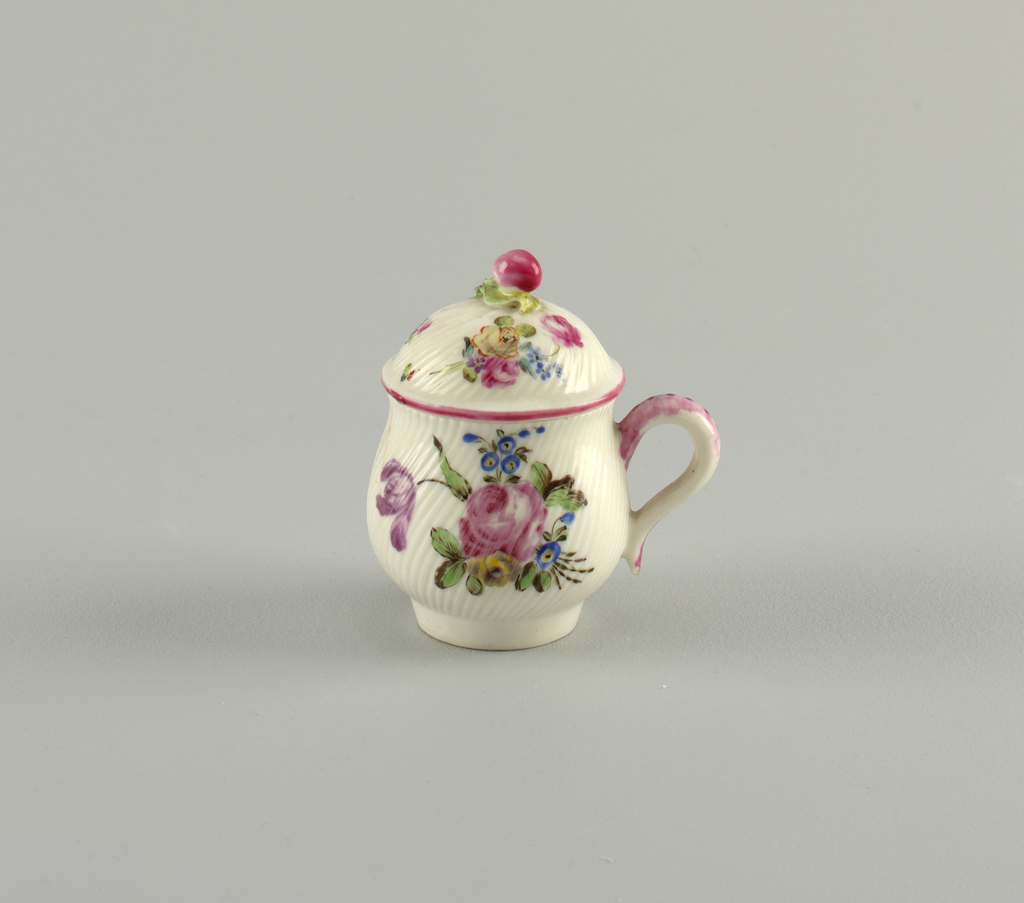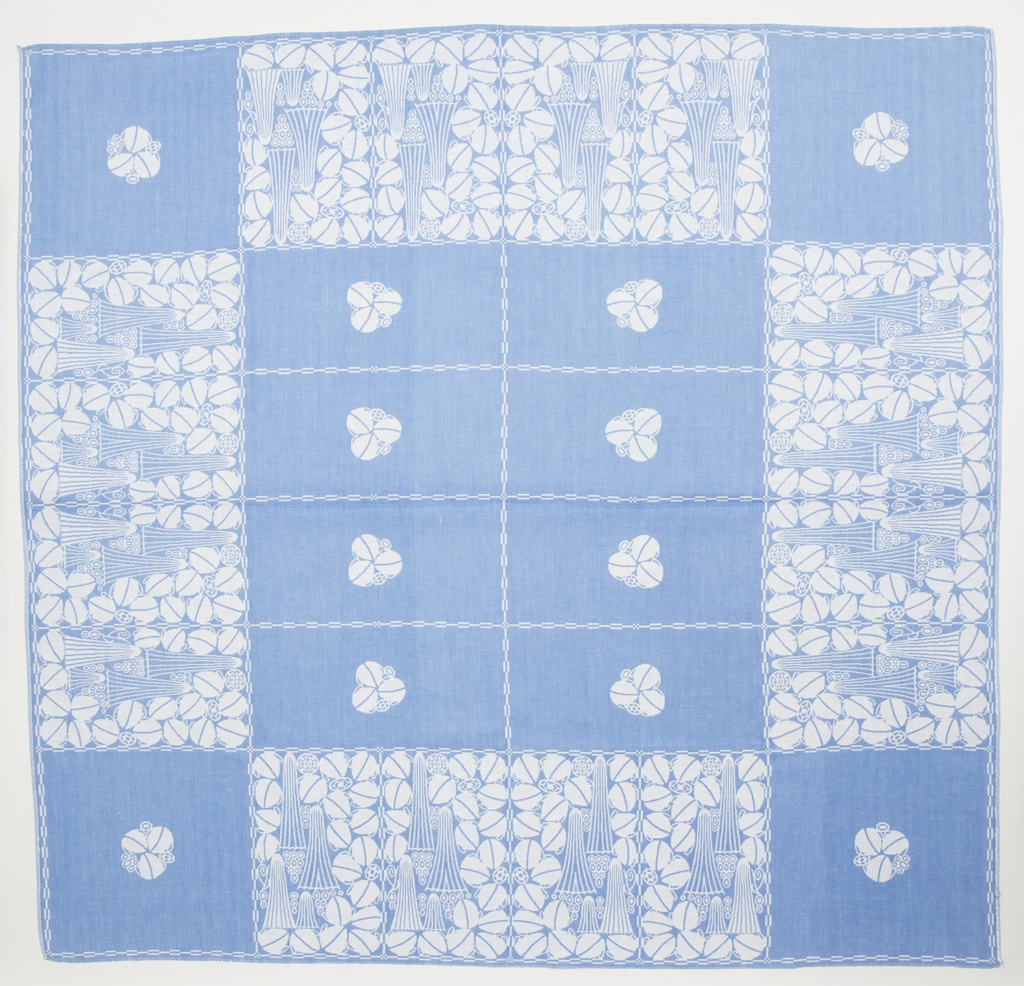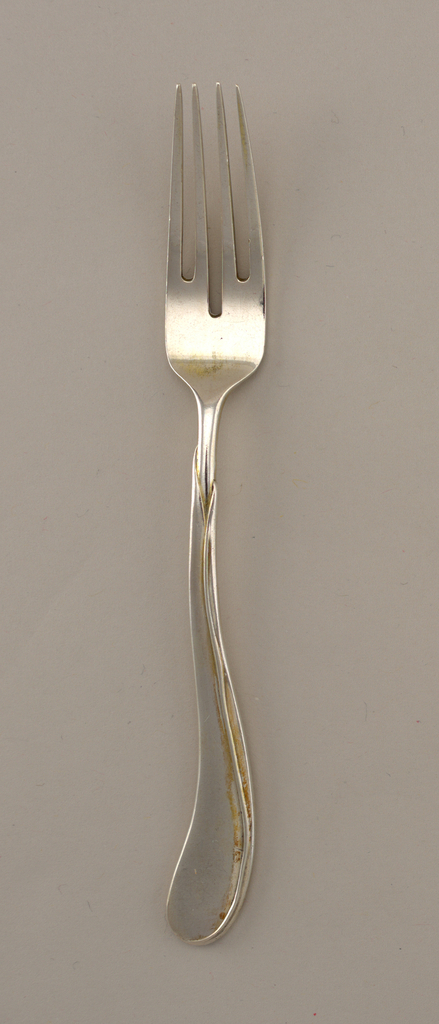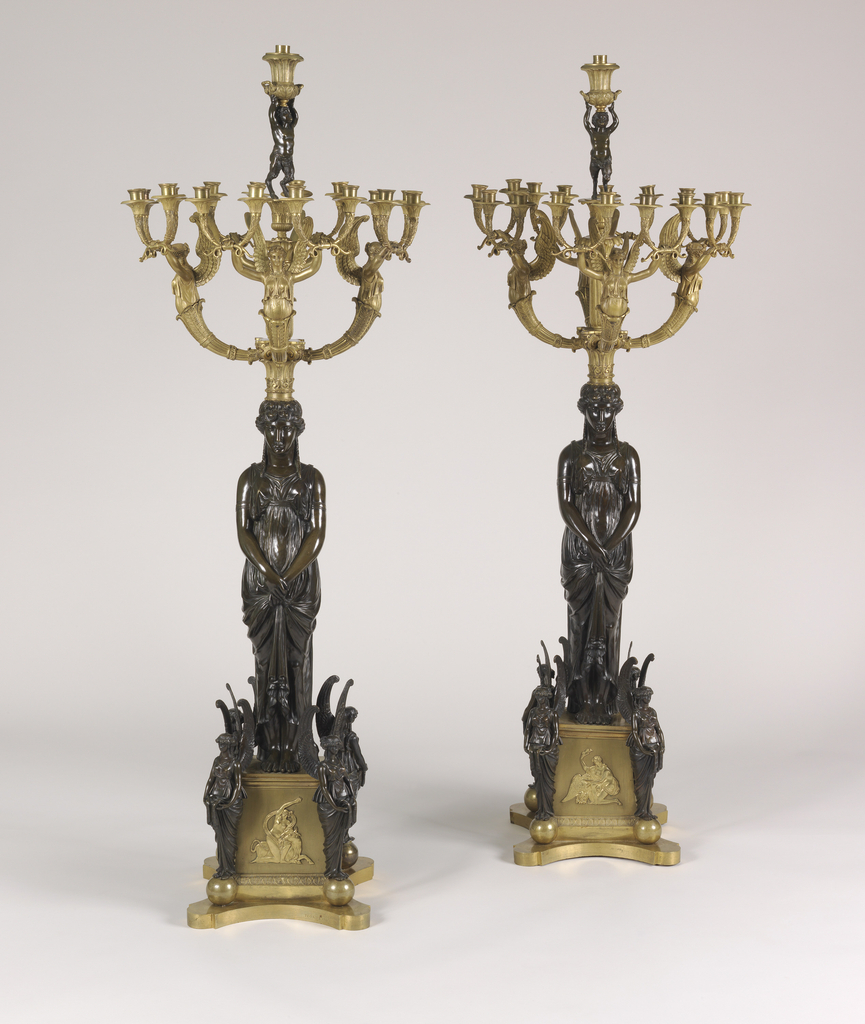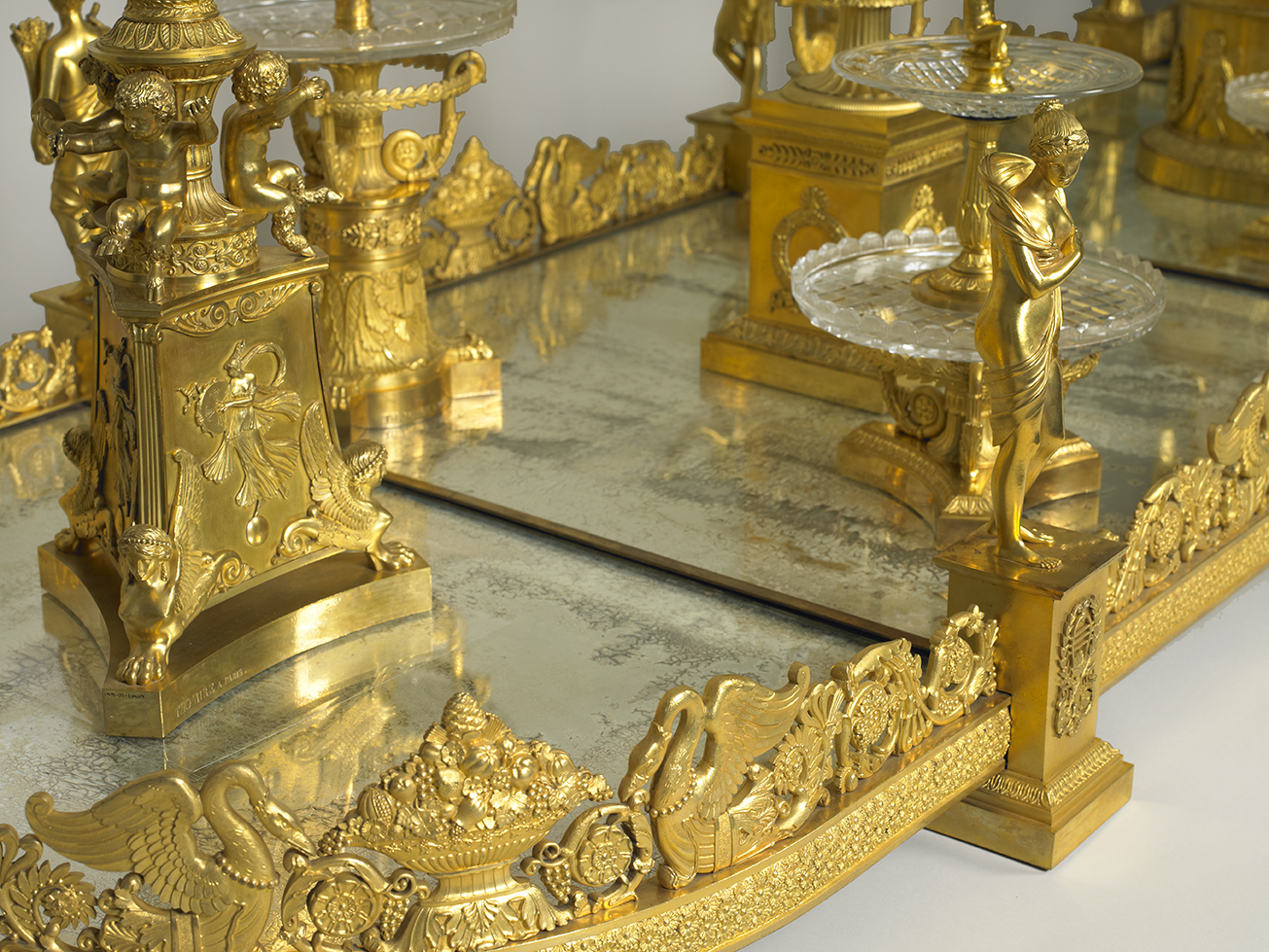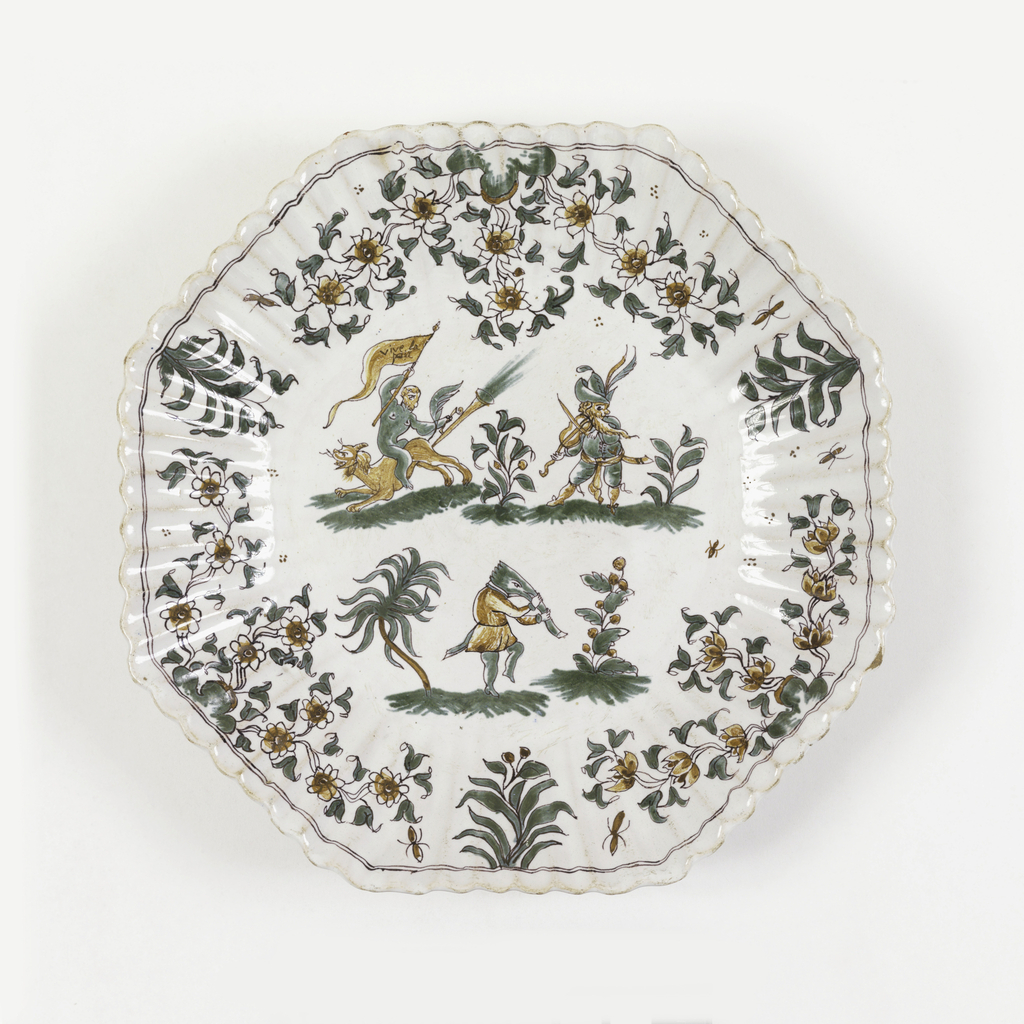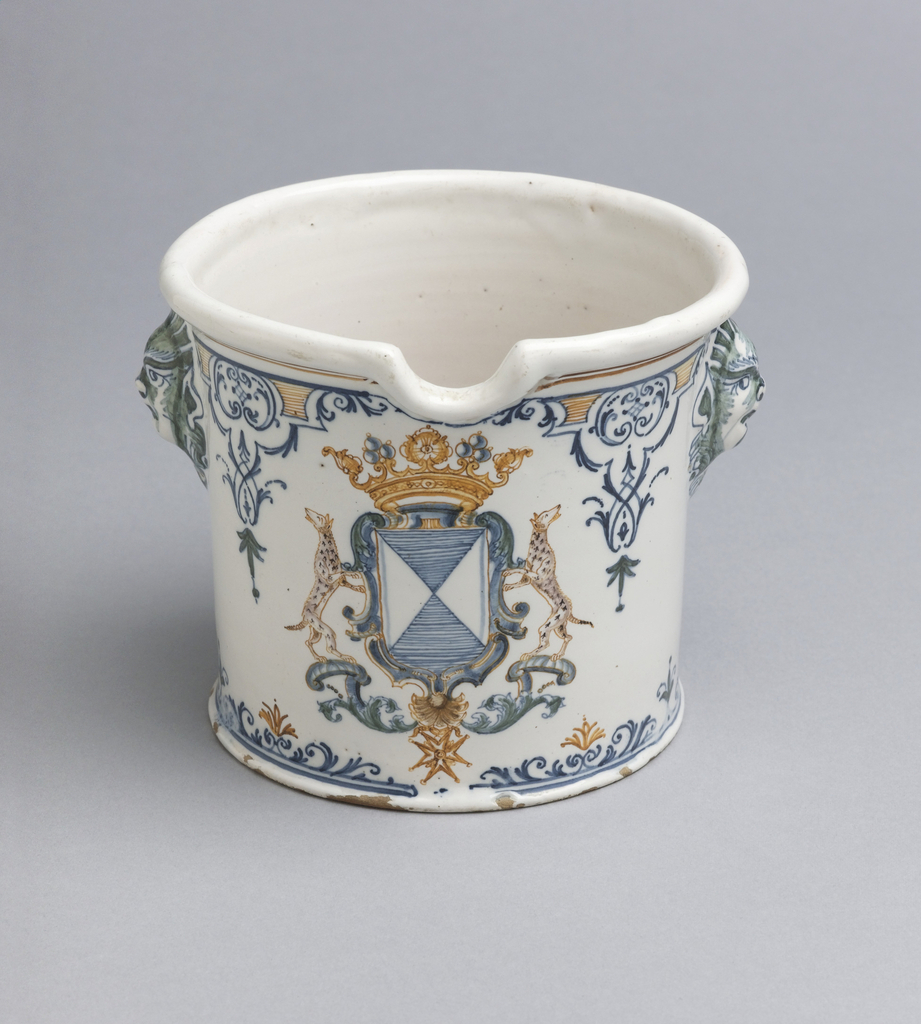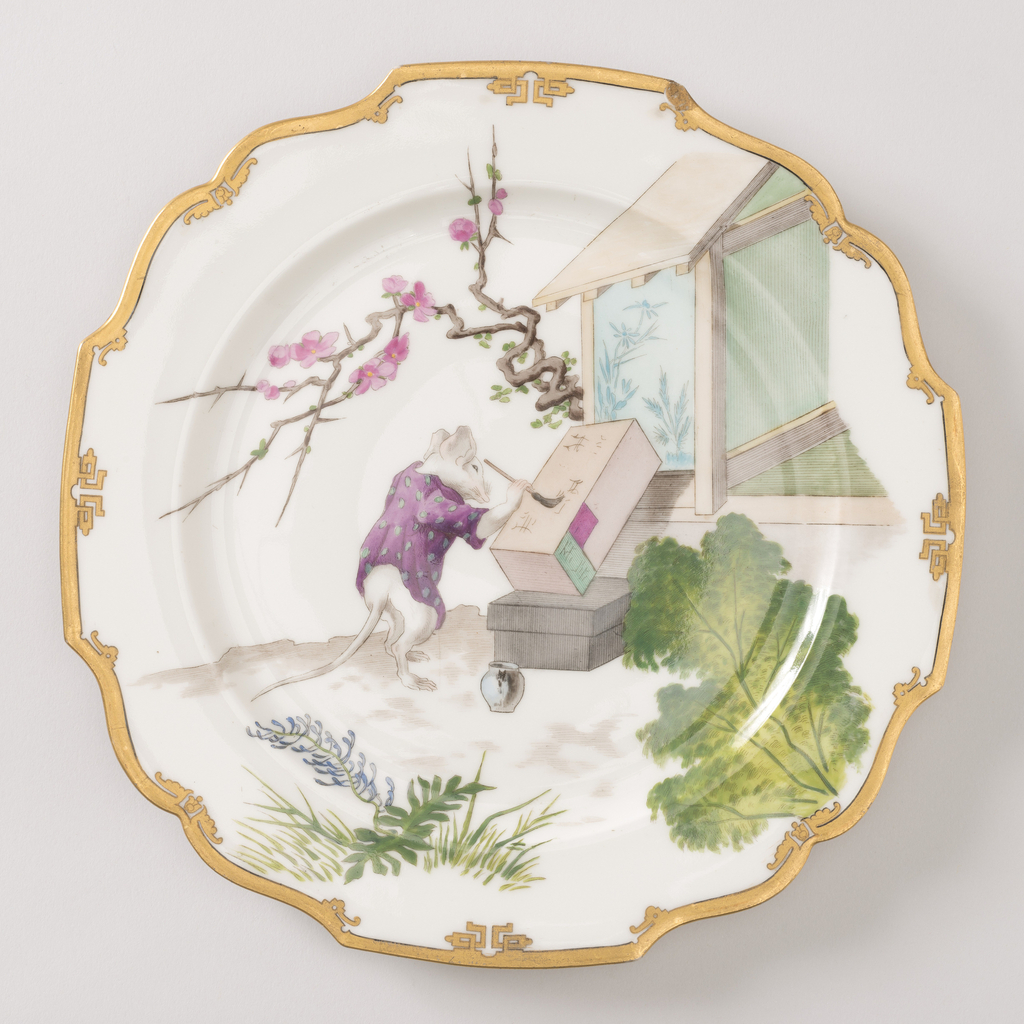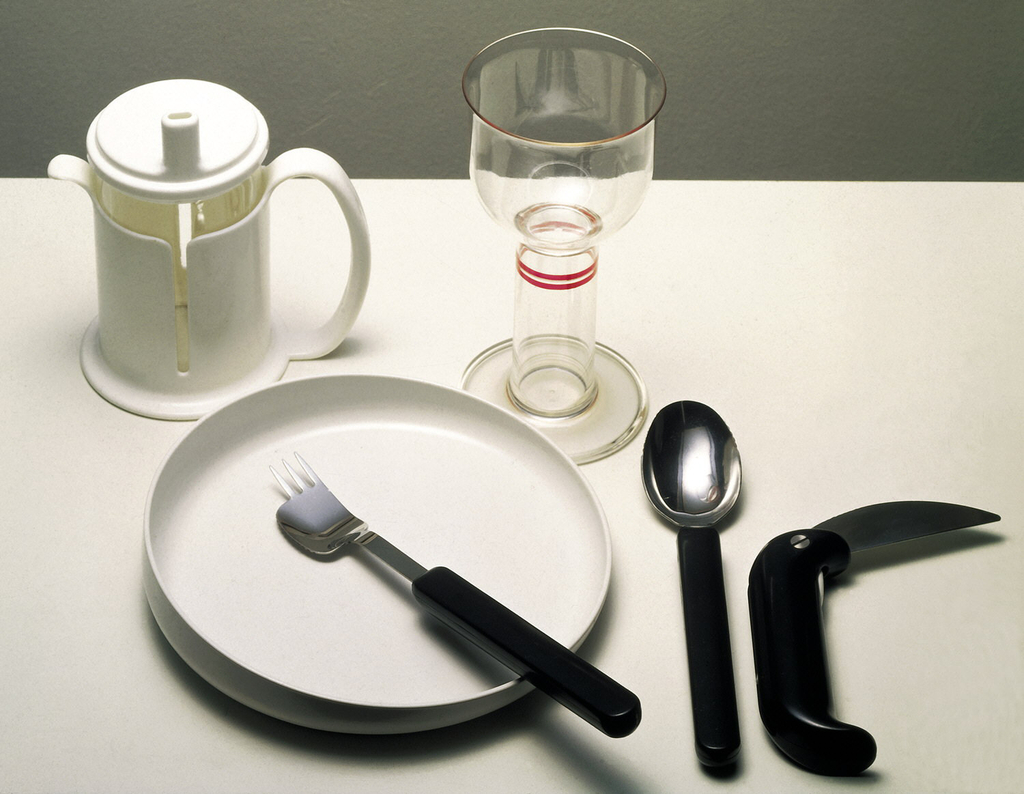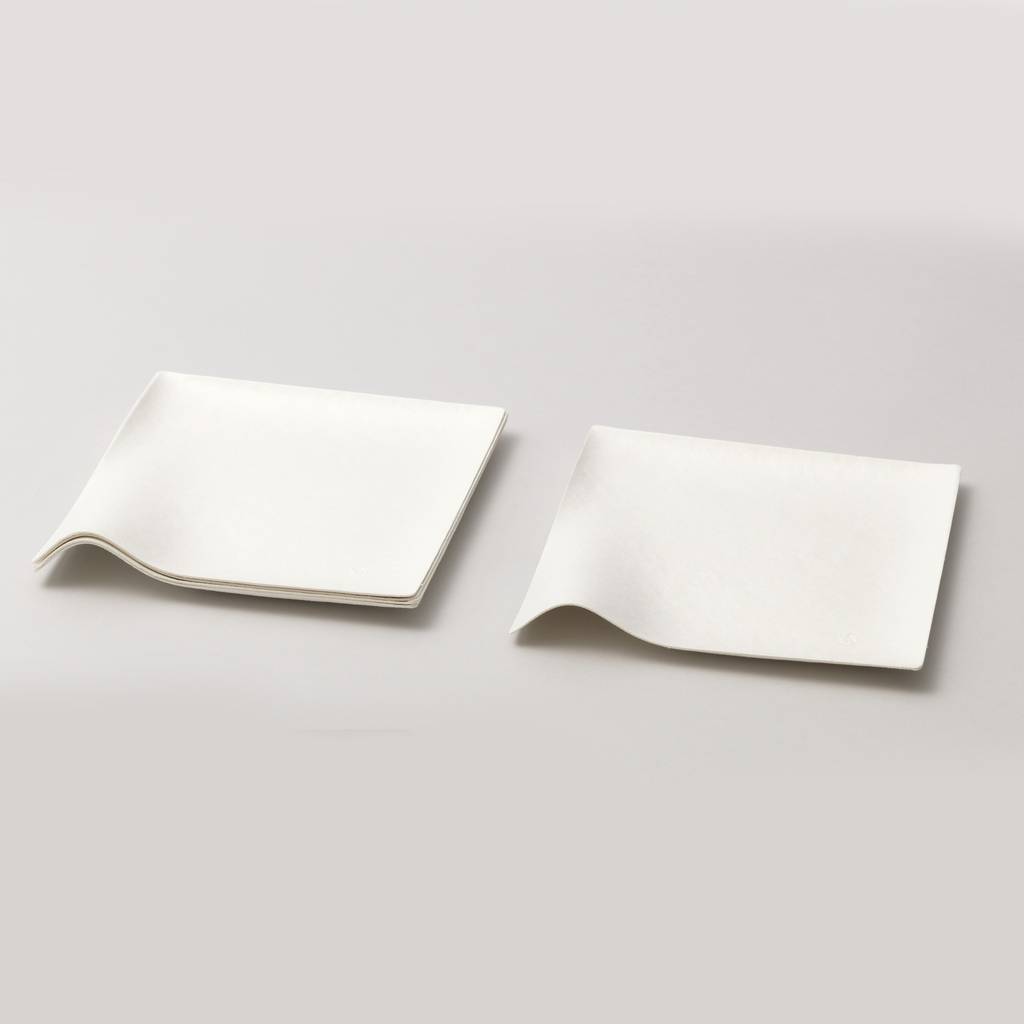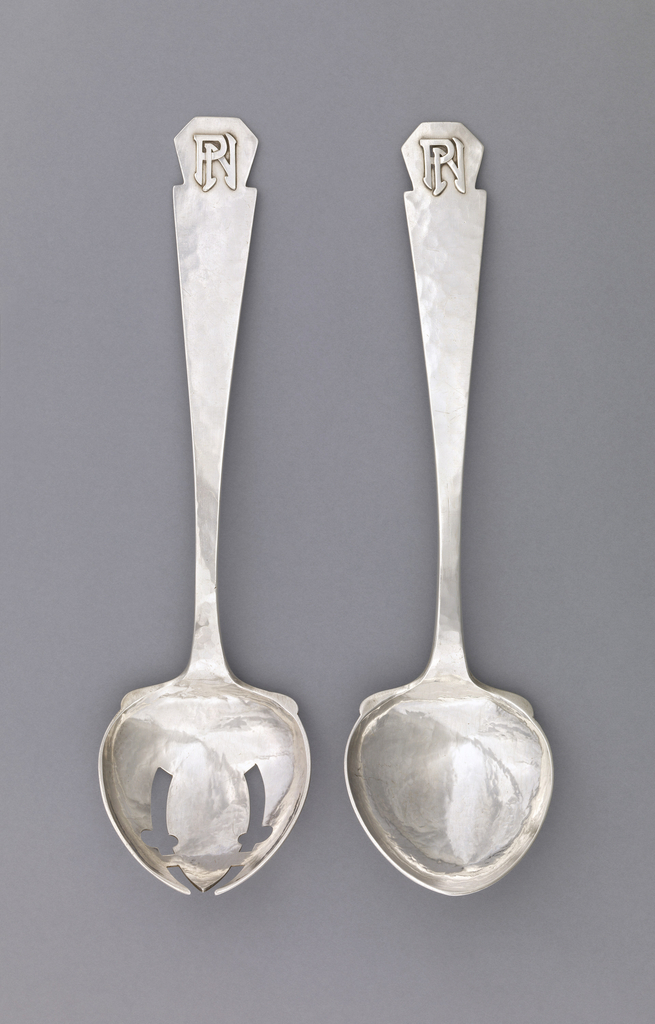In celebration of National Design Month, October’s Object of The Week posts honor past National Design Award winners. A version of this post was published on November 13, 2012. Eva Zeisel, a major figure in twentieth-century industrial design, won the National Design Award for Lifetime Achievement in 2005. Although best known for her contributions to mid-century...
This colorful tablecloth was designed by Marion Dorn Kauffer, an accomplished twentieth-century designer primarily known for her textiles and carpets. Designing across different media, she also created wallpapers, illustrations, and graphics. The printed pattern that decorates this tablecloth features a series of square and rectangular vignettes inspired by Mughal painted miniatures from India. The vignettes...
Sandy Chilewich has popularized and boosted the reputation of extruded yarn manufacture, specifically in vinyl, which used to be reserved for more industrial applications. She took advantage of a fairly simple mechanical process involving relatively few steps to make much of the woven vinyl products that are part of her eponymous line. The extrusion process...
On July 14th, France and many other nations around the world celebrated French National Day, also known as Bastille Day. The date is the anniversary of the storming of the Bastille, which took place in 1789, and marked a turning point in the French Revolution. These days, this national occasion is usually marked with parades,...
Josef Zotti (b. Italy, active Vienna, 1882–1953), Austrian architect and furniture designer, collaborated with Herrburger und Rhomberg, one of the largest textile companies in Vorarlberg, Austria. The partnership began after the completion of his studies and extended until the 1930s. The earliest works were woven fabrics, particularly tablecloths, decorated with graphic motifs that were characteristic...
In celebration of Women’s History Month, March Object of the Day posts highlight women designers in the collection. Anne Krohn Graham is a painter, sculptor, and jeweler, who lives and works in Richland, Washington. Holder of a B.A. in Art Education, an M.A.in Art, and an M.F.A. in Art with an emphasis in metals, she...
This silver dessert fork from the “Tulip” pattern, was designed by Henrich Vogeler in 1898-99, and produced by the firm of M. H. Wilkens & Söhn in Bremen, Germany. Vogeler’s Tulip pattern is one of the most graceful German flatware patterns of the Jugendstil period, and this particular piece shows the pattern well. Vogeler, trained as...
Today’s Object of the Day is on view in Tablescapes: Designs for Dining (October 5, 2018–April 14, 2019). These two candelabra in the neoclassical style, with their detailed sculptural work and multiple candle branches, would have undoubtedly brought abundant golden light as well as a sense of luxury to any early 19th-century interior. They were...
From Cooper Hewitt's collection handbook, Making Design, the history of the surtout de table.
This Object of the Day celebrates one of many treasured objects given by Clare and Eugene V. Thaw to Cooper Hewitt, Smithsonian Design Museum. It is published here in memory of Eugene V. Thaw. Click on this link to read more about the Thaws and their gifts to Cooper Hewitt. The so-called “grotesque” style of decoration developed...
This Object of the Day celebrates one of many treasured objects given by Clare and Eugene V. Thaw to Cooper Hewitt, Smithsonian Design Museum. It is published here in memory of Eugene V. Thaw. Click on this link to read more about the Thaws and their gifts to Cooper Hewitt. When King Louis XIV issued a...
In 1814, the celebrated Japanese artist Katsushika Hokusai—best known his Thirty-Six Views of Mount Fuji, which included the imminently recognizable Great Wave off Kanagawa—published a 15-volume work titled Manga, containing thousands of illustrations of landscapes, plants and animals, people, decorative ornaments and more. In the mid-1870s, copies of the Manga circulated in France, and the...
The cutlery in this tableware set, designed by RFSU Rehab for Ergonomi Design Gruppen, is comprised of black plastic handles and stainless steel implements. The significance of design for the human condition cannot be understated and this tableware demonstrates the value of looking beyond aesthetics, to consider tools as objects that can enable greater independence...
This simple plate is part of a large collection of disposable tableware designed by Shinichiro Ogata and produced by Wasara in Japan, with sustainability in mind. Made from a pulp consisting of biodegradable and compostable reed, bamboo and bagasse (a byproduct of sugarcane processing), these delicate looking yet durable wares take myriad forms, which allow...
Founded by Clara Barck Welles in 1900, the Kalo Shop was one of the most successful workshops of the Arts and Crafts movement. The name “Kalo” derives from the Greek word for beauty and the motto of the Kalo Shop was “Beautiful, Useful, and Enduring.”[1] The output of the Kalo Shop lived up to this...
